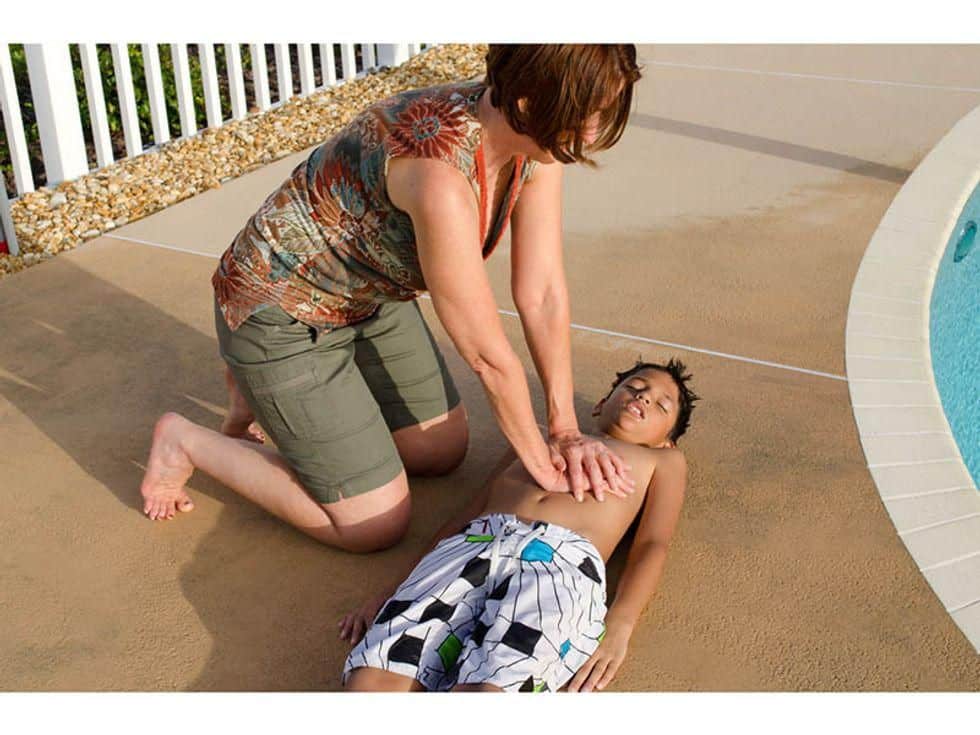TUESDAY, Aug. 31, 2021 (HealthDay News) — For pediatric patients with out-of-hospital cardiac arrest (OHCA), compression-only cardiopulmonary resuscitation (CO-CPR) is the most common type of bystander CPR, but rescue breathing (RB)-CPR is associated with increased odds of neurologically favorable survival, according to a study published in the Sept. 7 issue of the Journal of the American College of Cardiology.
Maryam Y. Naim, M.D., from the Children’s Hospital of Philadelphia, and colleagues examined neurologically favorable survival for RB-CPR versus CO-CPR following pediatric OHCA in an analysis of the Cardiac Arrest Registry to Enhance Survival for patients aged 18 years or younger. Data were included for 13,060 pediatric patients with OHCA, 46.5 percent of whom received bystander CPR.
CO-CPR was the most common type of bystander CPR. The researchers found that neurologically favorable survival was associated with RB-CPR and CO-CPR compared with no bystander CPR (NO-CPR; adjusted odds ratios, 2.16 and 1.61, respectively). Compared with CO-CPR, RB-CPR was associated with increased odds of neurologically favorable survival (adjusted odds ratio, 1.36). Compared with NO-CPR, RB-CPR was associated with better neurologically favorable survival for all age groups. In children and adolescents, but not infants, CO-CPR was associated with better neurologically favorable survival compared with NO-CPR.
“The results of this study have important implications on bystander CPR education and training, which should continue to emphasize rescue breathing CPR for children — and especially infants — in cardiac arrest and teach lay rescuers how to perform this type of CPR,” Naim said in a statement.
The Cardiac Arrest Registry to Enhance Survival program was partially supported by in-kind support from the Stryker Corporation.
Abstract/Full Text (subscription or payment may be required)
Editorial (subscription or payment may be required)
Copyright © 2021 HealthDay. All rights reserved.


